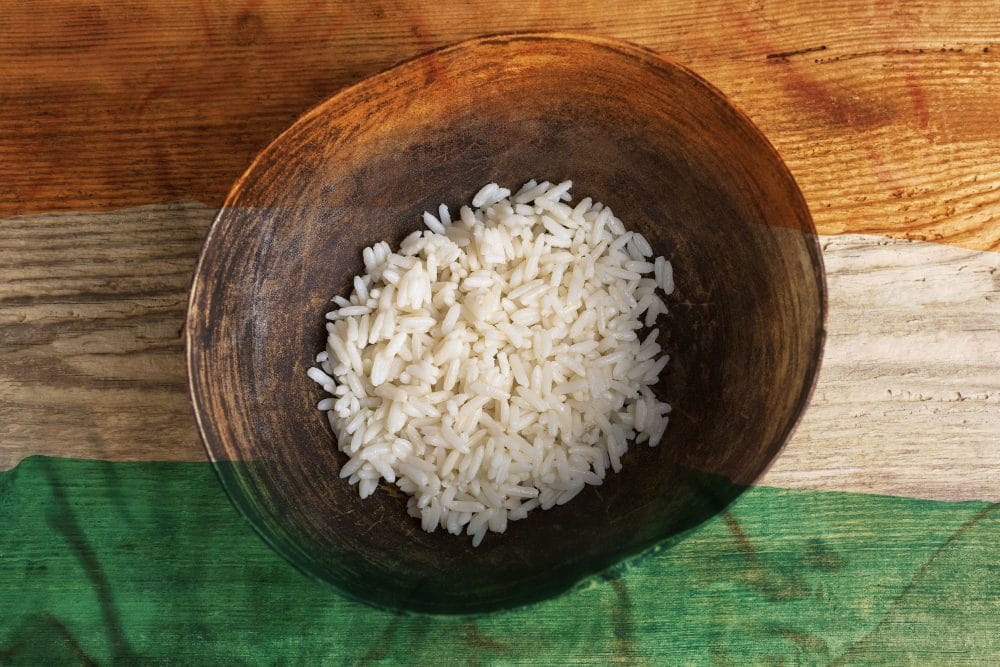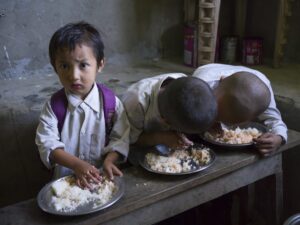
American psychologist Abraham Maslow theorised in 1943 a hierarchy of needs essential to every human. Enshrined in this hierarchy is the need for food. Sustenance is a basic requirement for survival, yet many across the globe – including in India – go without.
World Food Day this year comes, as the overwhelming majority of observances have, against the backdrop of the COVID-19 pandemic. The United Nations does not shy away from this, writing “the COVID-19 global health crisis has been a time to reflect on things we truly cherish and our most basic needs.” It goes on to note that “food is the essence of life and the bedrock of our cultures and communities.
“Preserving access to safe and nutritious food is and will continue to be an essential part of the response to the COVID-19 pandemic, particularly for poor and vulnerable communities, who are hit hardest by the pandemic and resulting economic shocks. In a moment like this, it is more important than ever to recognise the need to support our food heroes – farmers and workers throughout the food system – who are making sure that food makes its way from farm to fork even amid disruptions as unprecedented as the current COVID-19 crisis.”
Falling behind?
For India, this subject leaves a lot to unpack. To begin with, there is the country’s hunger crisis. When the UN World Food Programme was awarded the Nobel Peace Prize earlier this year for its efforts to combat hunger, Health Issues India cited the Programme in its coverage as we noted how India is home to one-quarter of the world’s undernourished peoples.
“Because of its large population, India’s GHI indicator values have an outsized impact on the indicator values for the region,” the report said. Concerning hunger indicators, “India’s child wasting rate is extremely high at 20.8 percent—the highest wasting rate of any country in this report for which data or estimates were available. Its child stunting rate, 37.9 percent, is also categorized as very high in terms of its public health significance…in India, just 9.6 percent of all children between six and 23 months of age are fed a minimum acceptable diet.” In the 2016-18 period, 14.5 percent of India’s population were undernourished.

Action Against Hunger outlines how “undernutrition in India is the product of the usual suspects: widespread poverty, endemic hunger, rapid population growth, pockets of weak governance, poor health systems and unreliable national indicators, all of which are compounded by issues of caste, ethnicity, religion and gender.” Children feel the effect of hunger and undernourishment acutely – malnutrition is responsible for 68 percent of deaths among children under the age of five.
Of concern is that the country is falling behind in the fight against hunger. Despite the fact that “improved food security and access has led to fewer malnourished and anaemic Indians,” Action Against Hunger warns that “India needs to do much more to meet its nutrition goals. India is currently not on track to achieve any of the World Health Organization’s nine nutrition goals by 2025, among which reducing child overweight, wasting and stunting, diabetes among women and men, anaemia in women of reproductive age and obesity among women and men, and increasing exclusive breastfeeding.”

One area the country has made strides in is sanitation — a major consideration in achieving safe food and water — but this is tempered by the fact that progress is incomplete. While the Government’s flagship sanitation initiative Swachh Bharat Abhiyan succeeded in building 100,753,274 household toilets and achieving open-defecation free status in 35 states and union territories and 699 districts in its first five years, more needs to be done. As Health Issues India reported at the time of the Global Hunger Report’s release
“Ensuring adequate water supply to homes and latrines, enforcement of sanitation protocols in facilities such as hospitals and schools, behavioural change efforts to end open defecation among practitioners, and improving waste management in the country are among the steps needed to effect broader improvements to India’s sanitation indicators and, consequently, its nutritional status.”
Climate change, COVID, and the plight of food producers
Tackling climate change too will be critical. As the report stated
“Ending hunger and undernutrition in a changing climate demands large-scale action to address the inequities exacerbated by climate change while minimizing environmental changes that could prove catastrophic to human life. It requires us to better prepare for and respond to disasters, support resilience and adaptation among the most vulnerable groups and regions, address global inequalities, mitigate climate change without compromising food and nutrition security, make financing for climate action fair and effective, and radically transform food systems.”
Where climate change also comes in is in the plight of food producers. However, climate change has threatened the livelihoods of food producers for years and will continue to do so for decades to come in the absence of action. Such are the effects of climate change that it has been linked to a spate of suicides among agricultural workers to the tune of tens of thousands in recent years.
Then there is the pandemic. As WBCSD noted earlier this year, “almost half of the population in India depends on agriculture for their livelihood. Every year, Indian farmers face risks such as low rainfall, price volatility and rising debts. But risks from the COVID-19 pandemic are putting new challenges in front of a sector that is already under threat.”
The knock-on effect of the pandemic on food production, livelihoods, and access to nutrition is a major risk. A multiplier effect of sorts can be observed, with less food production translating to less supply translating to more hunger. Among the most poignant sentences uttered in India during this pandemic was by Rampal, a Jaunpur rickshaw driver.
“Hunger will kill us before any disease does.”

